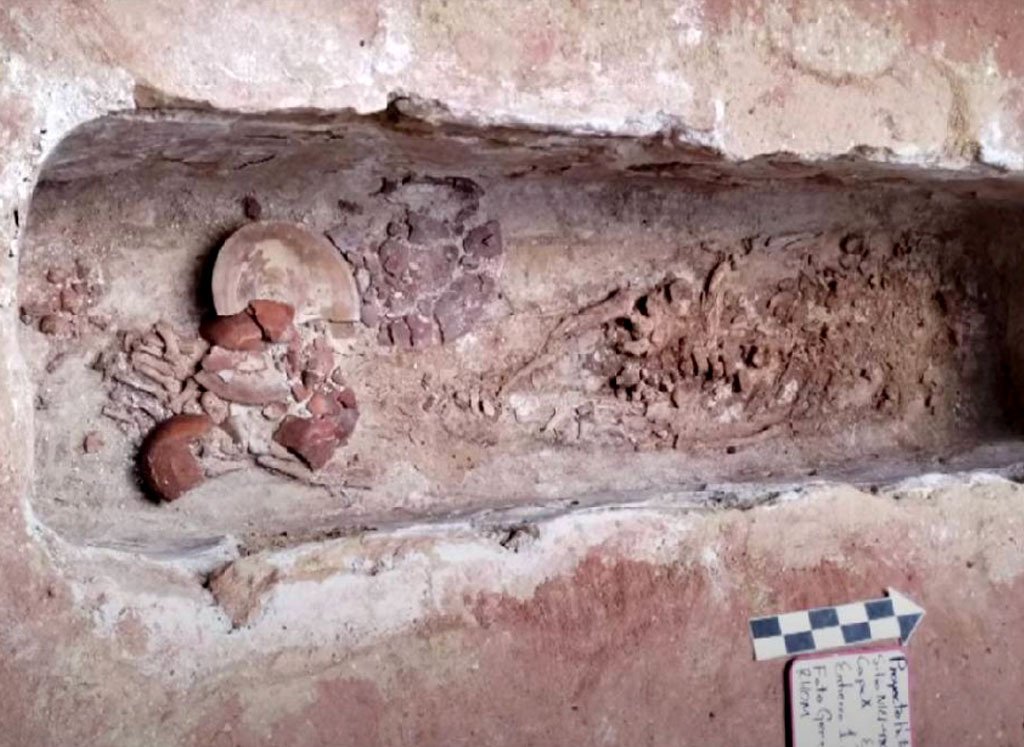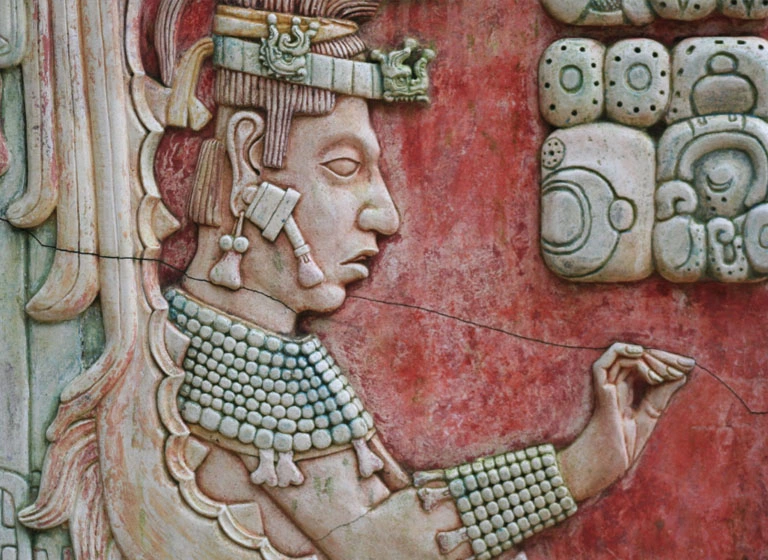Maya Tomb Unearthed at Hotel Grounds near Palenque: Archaeological Revelation

A team of archaeologists has announced the discovery of the tomb of a member of Palenque’s elite on the grounds of a hotel.
The tomb was discovered just over 13 feet underground and also contained several objects, including ceramic vessels and obsidian. It is made of slabs of limestone and likely has inscriptions that could reveal details about its occupant.
The presence of obsidian is especially notable, as it was most likely imported at a considerable cost from what today are the highlands of Guatemala.
The site of the discovery is roughly 1.5 miles away from the core of Palenque, which further confirms the size of this ancient metropolis.
As the tomb was discovered just last week, no information regarding its age has been disclosed. But given the occupation of the site, it likely dates to at least a millennia ago.
Palenque is the name by which today we know the ancient Maya city of Lakamha.
The site was first settled in the 3rd century BC but did not reach its peak until the rule of K’inich Janaab Pakal, more commonly known as Pakal the Great.
In the early 8th century, Palenque was invaded by the kingdom of Toniná, and its king, K’inich K’an Joy Chitam II, was taken prisoner. Little is known about this period. but it is presumed that he was executed in Toniná.
Pakal the Great reigned for an astonishing 68 years and was responsible for some of Palenque’s most notable monumental architecture. But he is perhaps most well remembered for his depiction on the carved lid of his sarcophagus.
It is interesting to note that Pakal was preceded to the throne by his mother, Queen Muwaan Mat, also known as Lady Sak Kʼukʼ.
Other examples of queens do exist in the Mayan world, such as Wak Chanil Ajaw of El Naranjo, but are overall rare.





